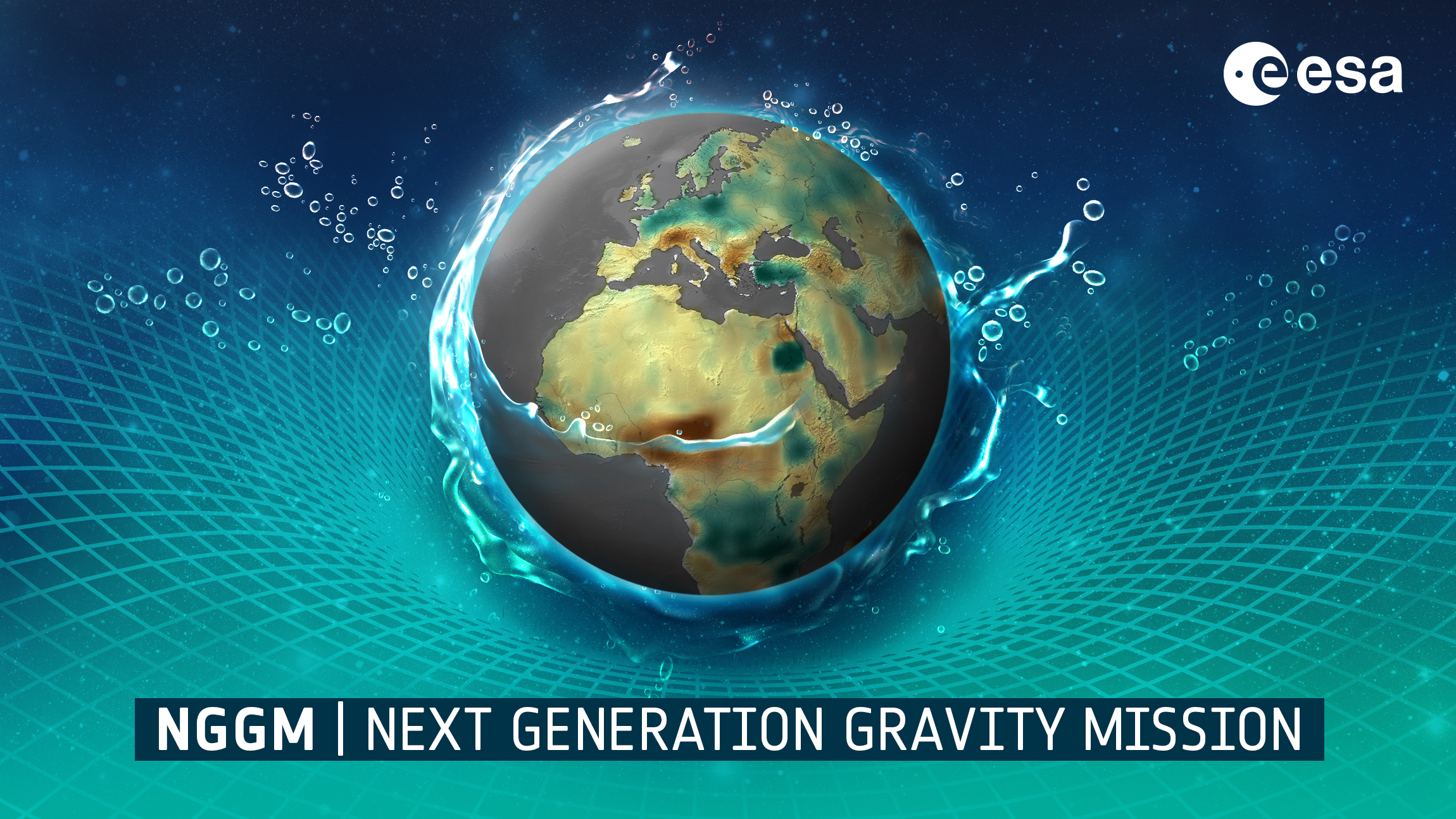Duration: 36 months
The upcoming MAGIC (Mass Change and Geoscience International Constellation) mission, a collaboration between the European Space Agency (ESA) and the National Aeronautics and Space Administration (NASA), consists of ESA's Next Generation Gravity Mission (NGGM) and NASA's continuation of the Gravity Recovery and Climate Experiment (GRACE-C). In the Earth Observation domain, MAGIC portray innovative advancements by measuring mass changes at higher spatio-temporal resolution with reduced uncertainty and latency, than has been previously achieved by GRACE and its follow-on (GRACE-FO) mission, thus, enabling new scientific opportunities and exploitation, particularly in the field of data assimilation by integrating mass change data into hydrological models. Expanding on the insights gained from GRACE, which has provided invaluable data for assessing climate change and anthropogenic impacts on the global water cycle, the MAGIC mission is expected to deliver novel data to improve these model further and demonstrate their operational capabilities. We propose a co-funded PhD research position focused on the contribution of the mass change data from the upcoming MAGIC mission to improve our understanding of the coupled water, energy, and carbon cycles; in particular via integrating these data sets in land data assimilation systems. The PhD thesis would thus aim to optimally combine the high-resolution mass change data with our simulation models via data assimilation to assess MAGIC's added benefit of improved resolution and latency. This could, for instance, deepen our understanding of the interlinkages between the water and carbon cycle during drought events. Additionally, the proposed research would involve advancing data assimilation techniques and it would allow to explore synergetic assimilation of MAGIC with other future space missions that observe land surface temperature (e.g for wildfires), vegetation indices, such as leaf area index (LAI) and other variables.

